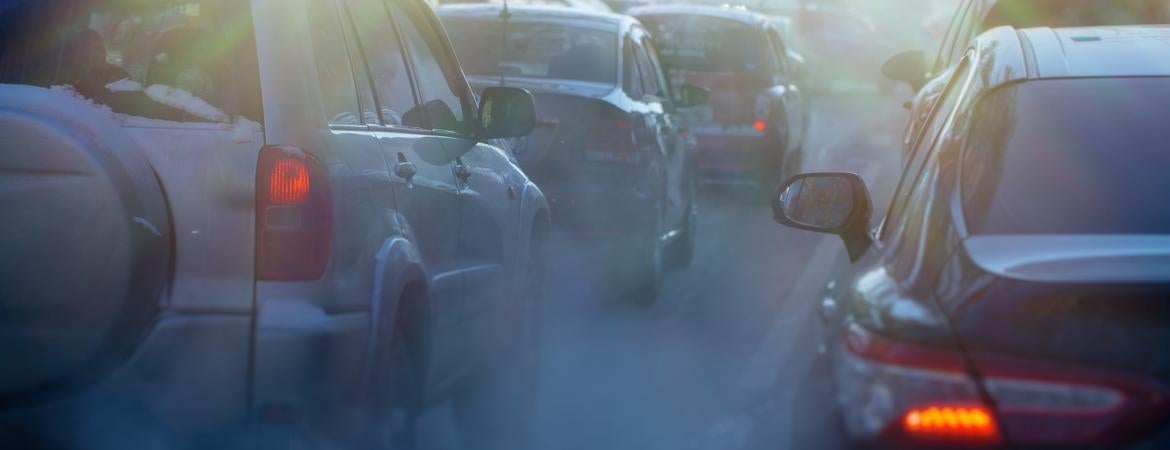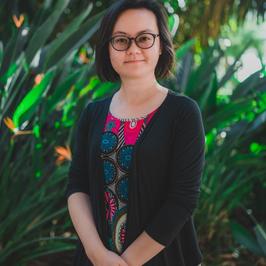
A grant recently awarded to the Riverside Unified School District and UC Riverside will provide a high school curriculum that addresses air quality, in a region that is among the worst polluters in the country.
The grant is for $1.19 million and is from the National Science Foundation, or NSF.
The grant will create the Riverside Air Monitoring Project, or RAMP. Its curriculum aims to engage more than 2,000 high school students in an issue – air quality – that has health impacts in their community.
“The model is exemplary in linking learning to real-world challenges and locally relevant issues with a community partnership that extends beyond the school to include local businesses, industry, and higher education,” said David Haury, the NSF program manager overseeing the grant award.
For the past several years, Riverside County – with a population of more than 2 million – has received an “F” air quality rating for both ozone and particulate matter from the American Lung Association’s National State of the Air report. The report found Riverside County’s air quality to be among the worst in the nation, along with other California counties including Los Angeles, San Bernardino, Orange, Ventura, and Imperial.
According to U.S. Environmental Protection Agency data, children under 18 and adults over 65 are most vulnerable to poor air quality, suffering from illnesses including asthma, cardiovascular disease, and diabetes. New studies show elderly women breathing unsafe levels of fine-particle pollution are twice as likely to develop dementia and Alzheimer’s disease.
“This environmental crisis is a call to action for the entire Southern California region,” said Cecilia Cheung, a UCR psychology researcher and UCR’s principal investigator.
Cheung will monitor the program’s classroom implementation for two years, conducting teacher training workshops. The training will be influenced by psychological research, including how to motivate students.
The data Cheung’s team collects will inform how to best engage underrepresented students in STEM activities — and interest them in STEM careers. The research team will also look to address how industry motivates underrepresented students to become interested in STEM careers. “For instance, we will look at how industry helps teachers promote STEM jobs,” Cheung said.
If the program is successful in Riverside County, it may be introduced to neighboring San Bernardino and Los Angeles counties, Cheung said. It is for 10th and 11th graders, and classes will begin in fall 2020.
“Every community has a unique set of environmental challenges and career opportunities associated with addressing those challenges,” Haury said. “The lessons we will learn from this project will help others develop similar approaches tailored to their own communities.”
Funding is through Jan. 31, 2022 and will pay for training and research. In addition to Cheung, Linda Christopher of the Riverside Unified School District is a principal investigator, and Kelley Barsanti, an assistant professor of chemical and environmental engineering at UCR, is a co-principal investigator.




